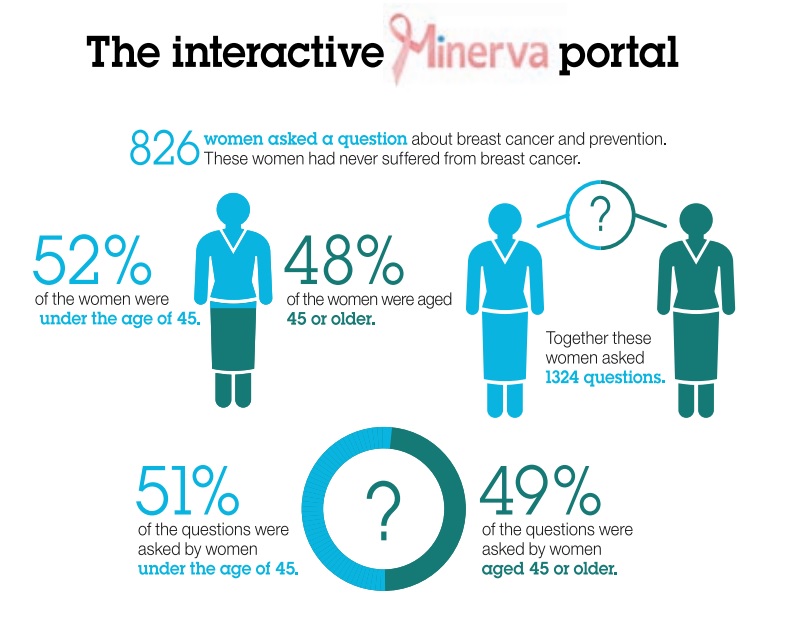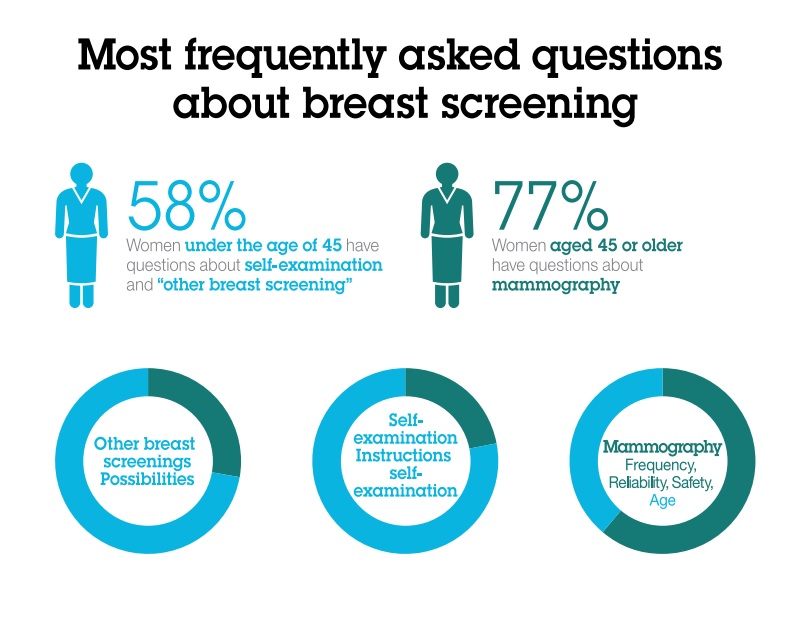Data & AI
IBM Social Software and Analytics helps to prevent breast cancer
09/02/2015 | Written by: Think Blog redactie (0cB)
Categorized: Data & AI
Share this post:
What do women really know about breast cancer, and – even more crucially – what do they not know? The Minerva project was designed to provide an answer to these questions, and to put detail around them.
By Joost Hanraets

Up to the end of December 2013, women were able to request and share information on breast cancer through the Minerva portal using the site’s IBM Social Software. Meanwhile Minerva’s underlying IBM Analytics solution provided insights on the back end into women’s information needs around breast cancer. (The portal’s interactive platform was based on IBM Lotus Connections and IBM Customer Experience Suite while, for analyzing the inputted data, it used IBM SPSS and IBM Content Analytics with text-mining.) Other organizations aside from IBM were backing the Minerva Project, in particular the University of Antwerp and the Flemish Agency for Innovation by Science and Technology (IWT), and it was also a part of an IWT Baekeland Project.

Social and Analytics
The combination of Social Software and Analytics made Minerva a unique project. The communication portal at the front end provided women with information on breast cancer and asked them for feedback on it. The platform could also be used to provide personalized information, and there was a forum where participants could share their knowledge and experiences. The back end consisted of Minerva analyzing all the feedback and other data to create usable information on how to improve breast cancer communication – enabling the project, it was hoped, to contribute to efforts to prevent breast cancer.
Active on three fronts
Minerva focused on three aspects of the communication women receive about breast cancer prevention. First, it sought to improve how that information is provided: What exactly do women want to know about breast cancer? (For example, the Minerva analysis ultimately showed that different target groups of women require different types of information.) Second, Minerva sought to establish which methods and channels of communication are most suitable for each topic and each target group. Third, it looked to gauge the impact of specific communication campaigns and messages.
The initial data
After a successful pilot test, the Minerva project went live in 2013, with 826 Flemish women who had never suffered from breast cancer responding to a number of questions, assertions and opinions on breast cancer communication and prevention. They logged into a secure environment and were led step-by-step through the portal. Participants were divided into two groups – under the age of 45; and over. All women, regardless of age, participated in four activities, with each exercise being increasingly more interactive than the preceding one. In this way, the activities were designed to move participants gradually from pushcommunication to pull-communication.
The initial insights
The initial results of the Minerva research project provided valuable, usable insights into breast-cancer communication. One finding showed that women – especially those under the age of 45 – would like to know more about the symptoms of breast cancer and its prevention. Moreover, it emerged that those over the age of 45 tended to prioritize information on treatment, while the younger women were more interested in inheritability, as well as guidelines for following up on women with an increased risk of the disease.
The first results of the Minerva project provided a greater understanding of women’s need for information, and improved clarity on their preferred communication channels or forms (and the different impacts of these channels). But the combination of Social Software and IBM Analytics used in the Minerva project can be deployed for more than breast cancer prevention alone: It is also an ideal solution for optimizing the provision of information on other medical topics too, be they preventative or curative aspects. And, of course, other industries can also improve how they provide information and communicate using this kind of solution.
Data-driven asset management with IBM Maximo Application Suite and Cloud Pak for Data
IBM has enhanced its Enterprise Asset Management platform, IBM Maximo Application Suite (MAS), with IBM Cloud Pak for Data: a supporting platform which provides a framework for combining a variety of data from different areas of an organization. How does IBM Cloud Pak for Data help organizations gain additional asset management insights from available data? […]
Being a data driven organization: What does this mean at Allianz?
Reading Time: 8 minutes From calculating risks and premiums to understanding customer behavior, data is of vital importance in the insurance business. Allianz, a multinational financial services company that focuses on insurance and asset management, has recently transformed its operations on a data level to reinvent its insurance business. Read an extract from a recent […]
How data analytics and AI push the frontiers of research for high-impact innovation at LIST
Data analytics and AI are more than just buzzwords when it comes to research and innovation. From handling big data to uncovering new insights, data analytics and AI have proven their value time and time again at LIST. Introducing LIST LIST, also known as the Luxembourg Institute of Science and Technology, is a […]



